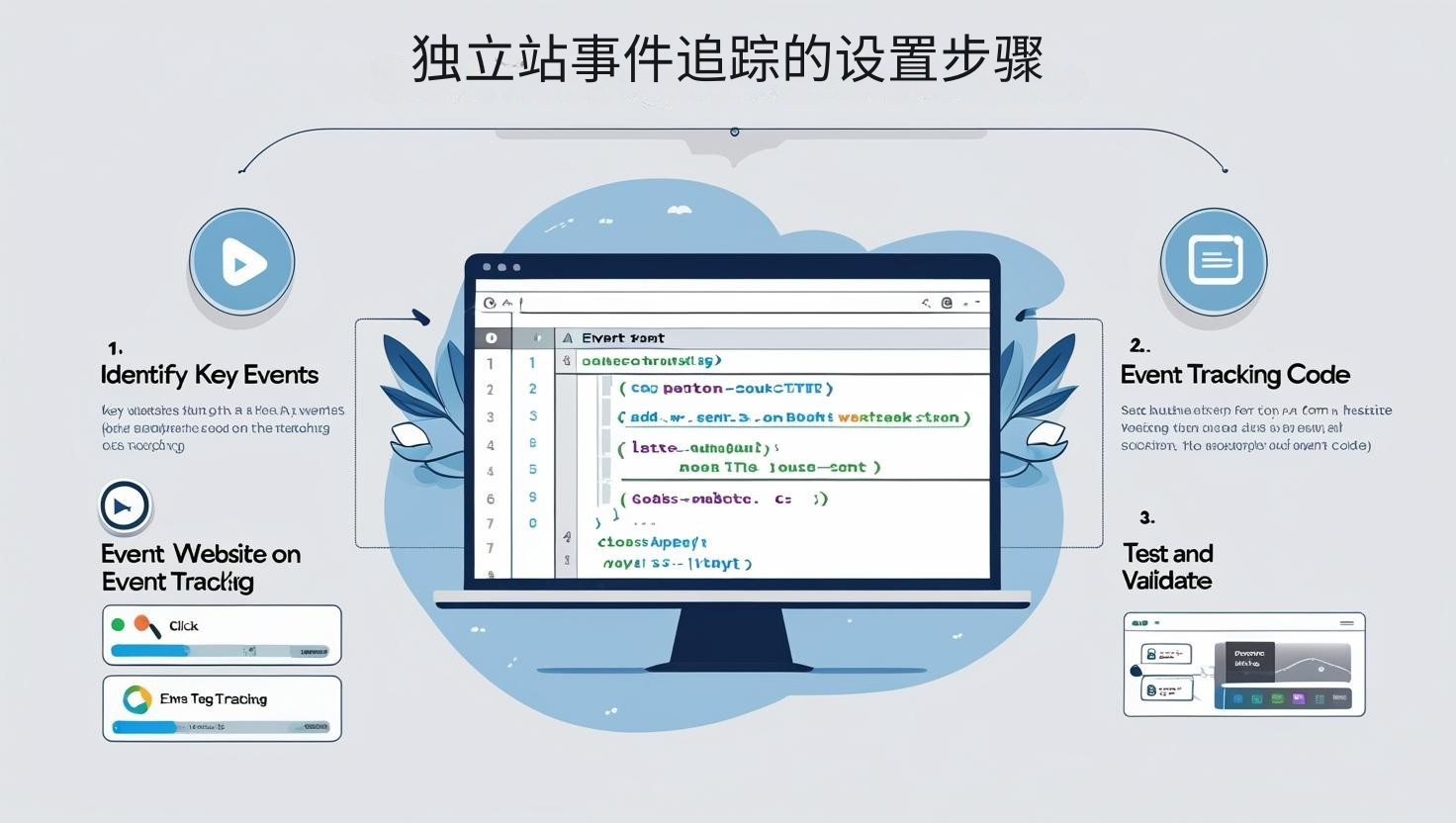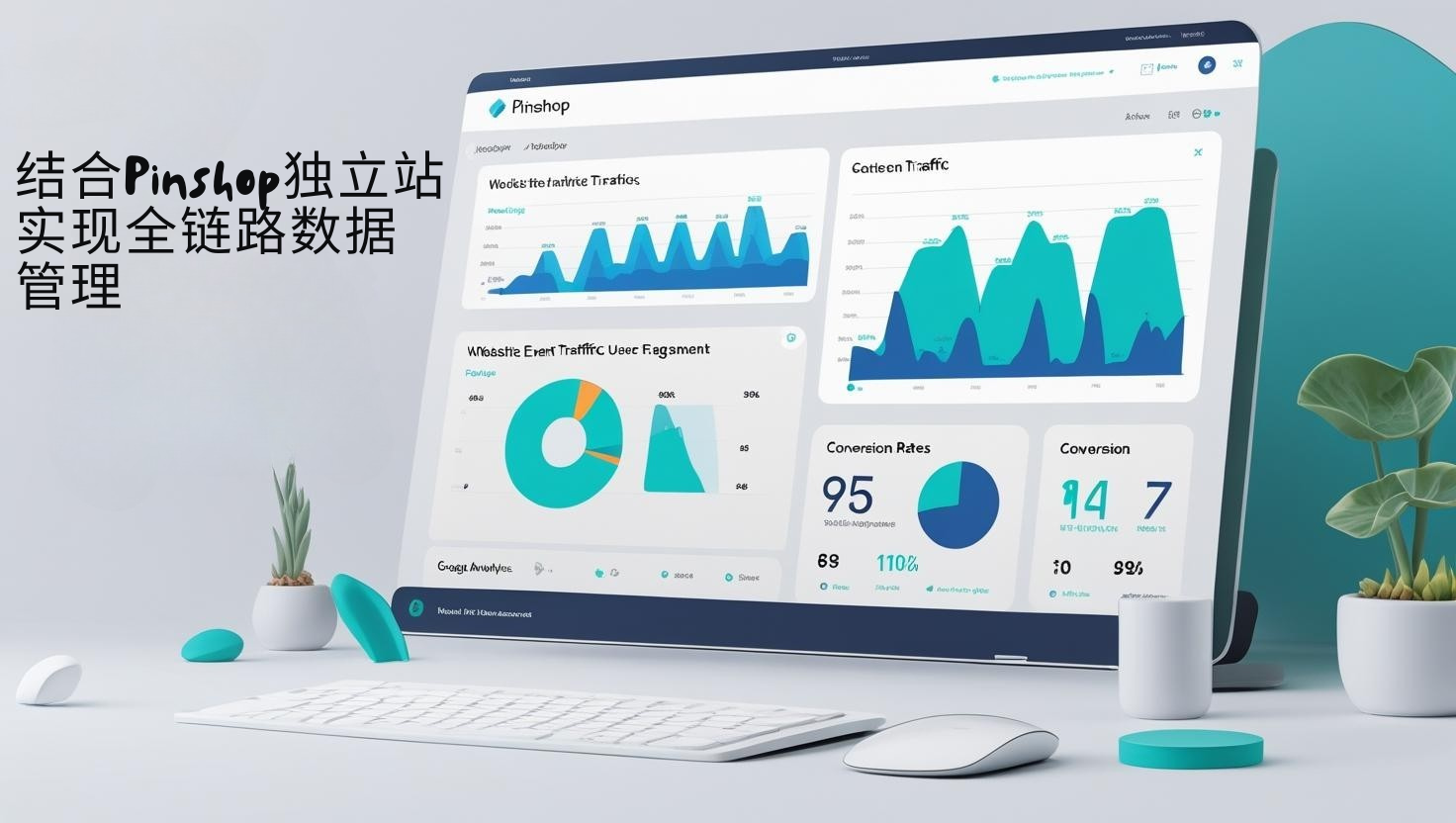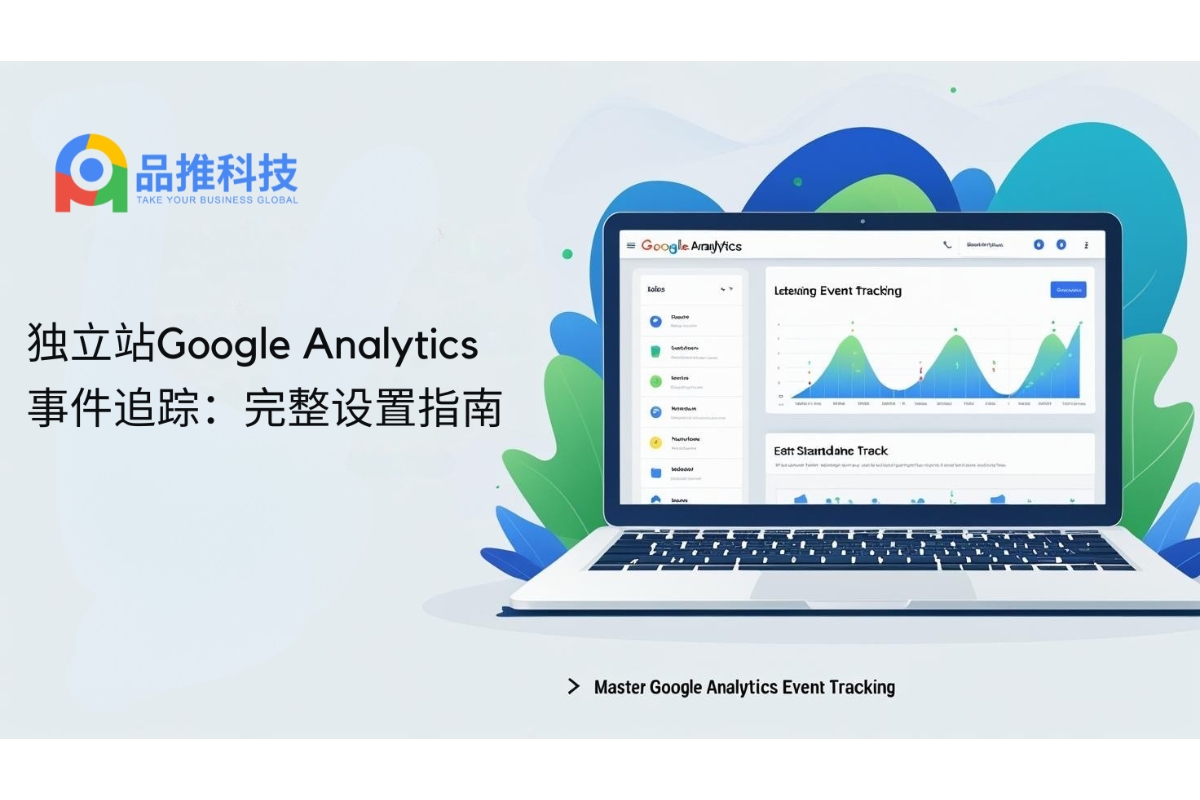In today's digital marketing landscape, establishing a private brand platform through an independent website has become standard practice. However, website traffic alone isn't enough; businesses also need a precise understanding of visitor behavior to optimize content and increase conversions. Google Analytics event tracking provides independent websites with powerful user behavior data analysis capabilities. From button clicks to form submissions, every action can be quantified, providing data support for decision-making.
The fundamentals of event tracking
Google Analytics event tracking captures specific user behaviors on a website and sends this behavioral data to the Analytics system for statistical analysis. For example, clicking a "Buy Now" button, downloading materials, or filling out a form can all be set as events. According to research by the Internet Society of China (ISPA) , event tracking allows companies to precisely understand user paths and conversion bottlenecks, thereby optimizing website layout and marketing strategies.
 Steps to set up independent site event tracking
Steps to set up independent site event tracking
Setting up event tracking on a standalone website usually involves the following steps:
Identify key events : First, identify the conversion actions that the company is concerned about, such as button clicks, video plays, or form submissions.
Add event code : Add event tracking code through Google Tag Manager (GTM) or directly in the independent website code to bind the event to the corresponding element.
Test and validate : Check that events are firing correctly in Google Analytics Real-time reports to ensure data integrity.
Classification and naming : Set categories, actions, and tags for events to facilitate subsequent data analysis and report generation.
According to a survey by the China Electronic Commerce Association (CECA) , accurate event tracking can help independent website operators discover patterns in user behavior, improve the targeting of marketing strategies, and achieve a closed loop from traffic to actual conversions.
Data analysis and optimization strategy
After event tracking is completed, the company can view data reports and analyze user behavior in the independent station background. Focus on the following indicators:
Number and frequency of events : Which features are frequently used by users and which pages have low interaction rates.
Conversion path analysis : whether the user's path from access to completion of key actions is smooth.
Funnel analysis : Use event funnels to discover lost links in the conversion process.
In line with the recommendations of the Internet Society (ISOC) , when analyzing data, companies should combine market demand and user portraits to optimize content, adjust functions, and improve CTA buttons on independent website pages to achieve efficient conversions.
 Combine Pinshop independent station to achieve full-link data management
Combine Pinshop independent station to achieve full-link data management
The Pinshop website-building platform provides businesses with complete independent website building and data management capabilities, supporting Google Analytics event tracking integration. Through Pinshop, businesses can easily add tracking code, manage event categories, and view real-time data through the backend. Whether it's marketing promotion, user behavior analysis, form conversion, or shopping cart tracking, Pinshop can help businesses establish a complete data closed loop and improve operational efficiency.
With Pinshop, companies can implement independent site event tracking without complex technical configuration, allowing every visitor interaction to be quantified and analyzed, thereby optimizing marketing strategies and increasing customer conversion rates, laying a data foundation for the long-term development of the brand.
By leveraging independent websites and Google Analytics event tracking, businesses can truly understand user behavior, optimize website structure, and achieve end-to-end data management through the Pinshop platform, ensuring that every bit of traffic becomes sustainable business value. This approach allows businesses to achieve precise marketing and efficient conversions in a fiercely competitive market, enhancing brand competitiveness.
Recommended related articles: Multilingual Independent Station Strategy: Balancing Localization and Internationalization







